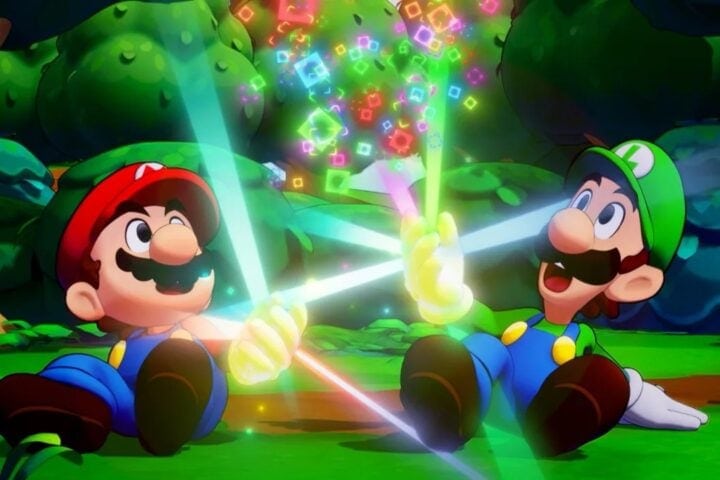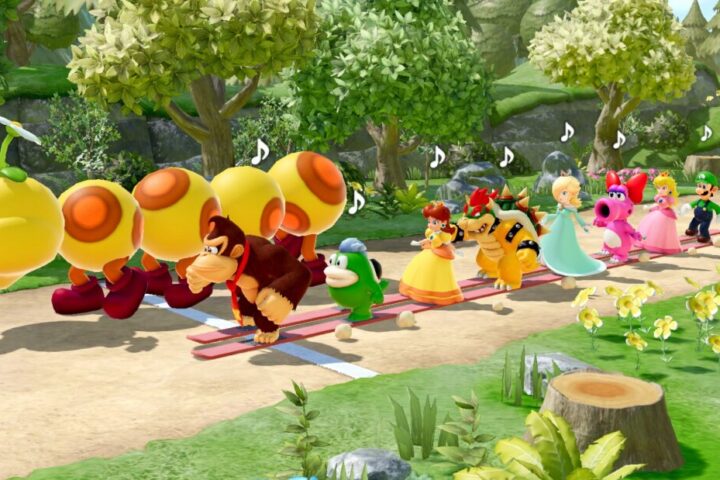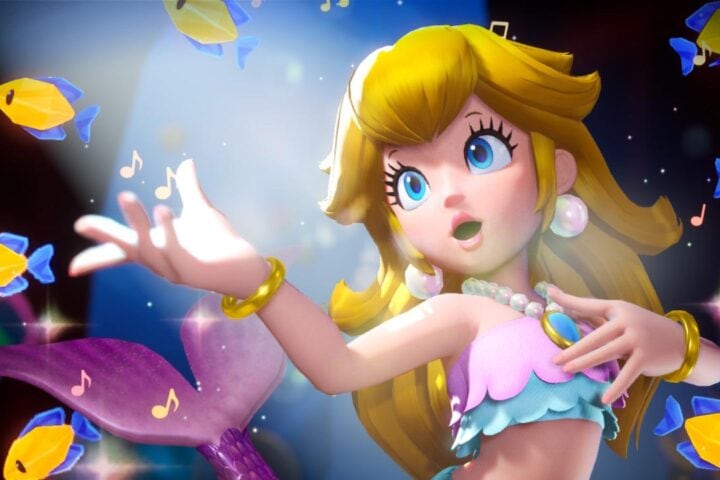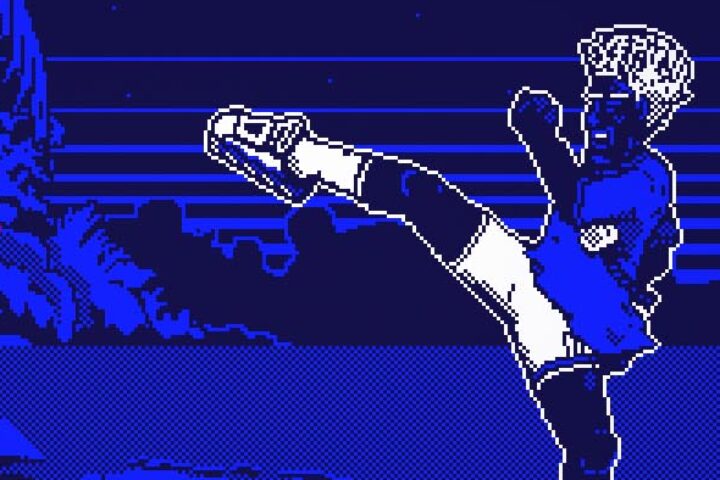If it ain’t broke, don’t fix it. That seems to be the sensible approach that Nintendo took with this remake of the 2004 puzzle-platformer Mario vs. Donkey Kong, perhaps believing that the original Game Boy Advance game required little mechanical overhaul. The fact that there’s marginal change in how this version operates—think of it as a spiritual sequel to the Donkey Kong arcade classic—in comparison to the original isn’t itself an issue. However, if you’re dropping into the game hoping for more than just a straight shot of nostalgia, you may find yourself wondering if the experience is diverting enough to justify its existence.
Mario vs. Donkey Kong’s levels are elegantly designed and visually impressive. Oftentimes, they introduce a brand new obstacle and the object you’ll use to overcome it—such as hitting the right color switch to activate a corresponding warp box to maneuver around a chasm—or present a slightly different variation of one, and with little else going on. Such limitations are understandable if you’re playing the game on the Game Boy Advance, given its limited hardware capabilities of the Game Boy Advance, but if you’re taking it for a spin on the Switch, it becomes easy to rue the developer’s missed opportunity to, well, advance the original’s ideas.
To be fair, there are a few scattered collectibles here and there to keep players occupied, but the payoff for gathering all of them is decidedly old-school: more lives, which are easily obtainable outside of the pointless item-gathering, and bragging rights. But even more disappointing is the lack of modernization in the game’s stiff control scheme and lackluster collision detection.
Unlike just about every other Mario title released in the past decade, players rarely feel in total control of their character’s actions, especially when performing simple tasks like grabbing onto ladders and ropes, which sometimes require player input while other times they don’t. Additionally, dealing with enemies is inconsistent, as the game seems to have extreme difficulty distinguishing between a clean jump on top of them and merely walking into them. Rarely will you die due to running out of time or being stumped by a mental challenge, but rather because you were a fraction of a centimeter off from your intended target.
While Mario vs. Donkey Kong effectively delivers a myriad of brain teasers that require technical finesse to solve, players must first navigate through an extensive introductory phase comprising about 30 levels. These initial stages, serving more as a prolonged tutorial than a genuine test of skill, are marked by their repetitive nature and straightforward objectives. The excessive simplicity right from the outset might deter seasoned players, potentially reducing their long-term interest and causing them to miss out on the game’s more complex puzzles.
Given that it can be comfortably completed within a few days, even with the heightened difficulty of later levels, Mario vs. Donkey Kong can’t help but feel like a featherweight experience. That, though, is consistent with my experience of the original Game Boy Advance version, a sturdy-for-its-time puzzle-platformer whose set of issues prevented it from approaching greatness. Playing the remake, it’s easy to rue that the developers missed the chance to enhance and expand upon the original. This, along with other glaring deficiencies like the lack of substantive new material outside of two new worlds, proves that the transition from handheld to home console has done Mario vs. Donkey Kong little to no favors.
This game was reviewed with code provided by Golin on February 16.
Since 2001, we've brought you uncompromising, candid takes on the world of film, music, television, video games, theater, and more. Independently owned and operated publications like Slant have been hit hard in recent years, but we’re committed to keeping our content free and accessible—meaning no paywalls or fees.
If you like what we do, please consider subscribing to our Patreon or making a donation.





